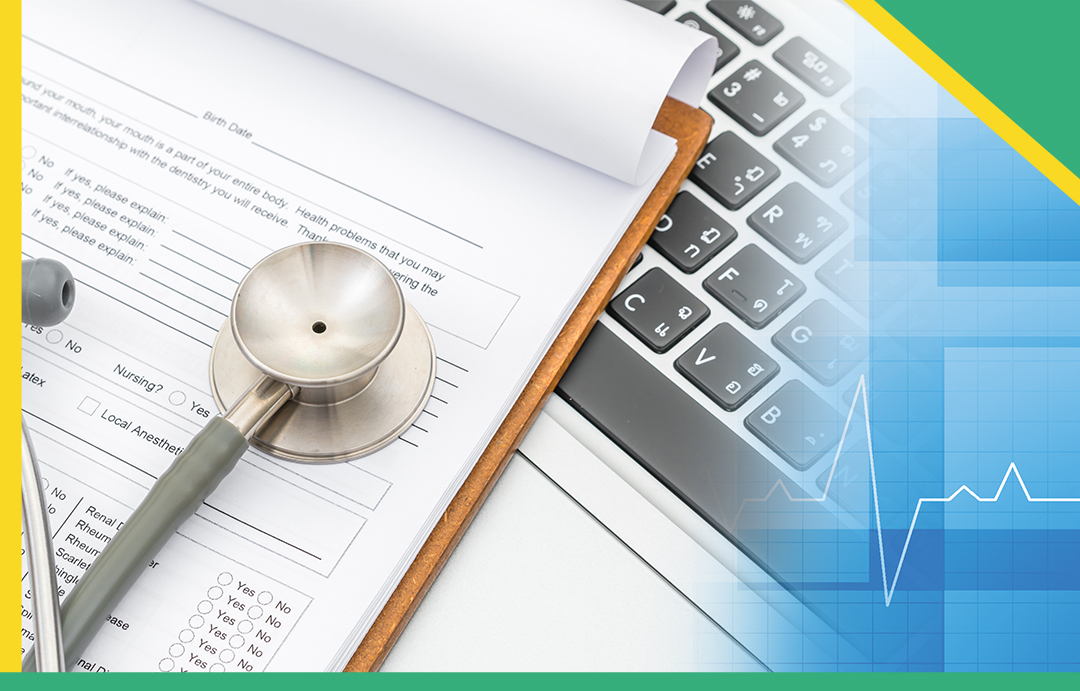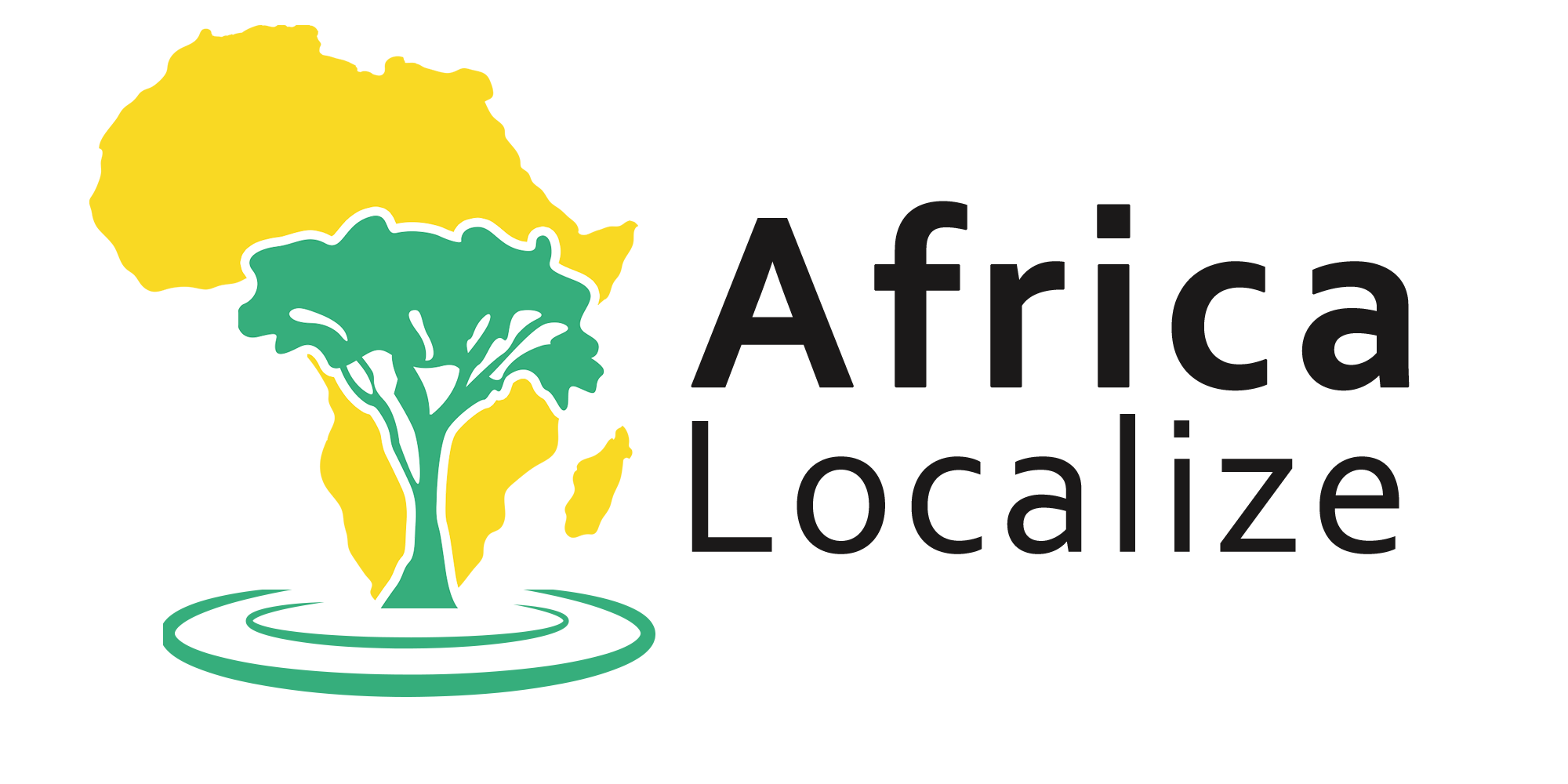How to Translate Medical Documents?

Medical service providers often encounter patients from diverse linguistic backgrounds.
Effective communication is essential in delivering quality medical services, particularly when it comes to understanding medical documents.
Whether it’s a patient’s medical history, treatment plans, or consent forms, accurate translation of medical documents plays a pivotal role in ensuring that patients receive the care they need.
Here are some points to consider when you translate medical documents.
1] Understand the Complexity of Medical Translation
The first step in your journey to have a perfectly translated medical document is to understand that medical translation is a specialized field that requires more than just linguistic fluency.
It demands a deep understanding of medical terminology, concepts, and cultural nuances specific to both the source and target languages.
Translating medical documents involves conveying complex information accurately, ensuring that no critical details are lost in translation.
Any errors or misunderstandings in translated medical documents can have serious consequences, including misdiagnosis, inappropriate treatment, or compromised patient safety.
By understanding this, you will know how to spot the right medical translation contractor who will make sure to handle your medical translation project smoothly and credibly.
2] Hire A Qualified Medical Translator
Selecting a medically qualified translator for the task falls at the heart of the accuracy of medical document translation.
Hire a translator who possesses expertise in both the source and target languages, along with a solid understanding of medical terminology and concepts.
Ideally, medical translators should hold certifications or accreditations in medical translation, demonstrating their proficiency in this specialized area.
However, you can opt for reputable translation agencies with a track record of delivering high-quality medical translations.
3] Provide Context for Translation
It is your responsibility to provide translators with sufficient context about the medical documents.
This includes details such as the intended audience, the purpose of the translation, and any specific formatting requirements.
Contextual information enables medical translators to grasp the nuances of the document and accurately convey its meaning in the target language.
Moreover, you should communicate any preferences or guidelines regarding medical terminology and style to maintain consistency throughout the translation process.
4] Use of Specialized Tools and Resources
In addition to their linguistic skills, medical translators rely on specialized tools and resources to facilitate medical document translation.
These may include medical dictionaries, glossaries, and translation software tailored for medical terminology.
Such tools help translators maintain consistency in terminology across documents and ensure accuracy in translation.
It’s your responsibility to communicate with the medical translator regarding the kinds of tools and resources they use to enhance the efficiency and quality of medical document translation, reducing the likelihood of errors or misunderstandings.
5] Implement Thorough Review and Editing
You should conduct a thorough review of the translated medical document.
This involves checking for accuracy, clarity, and coherence to ensure that the translation aligns with the original intent of the document.
You may consider involving a second reviewer, preferably someone with a medical background, to verify the technical accuracy of the translation.
Any discrepancies or errors identified during the review process should be addressed promptly to ensure the final document meets the highest standards of quality.
You could also require partial delivery of the project to correct any errors immediately and avoid delay in project delivery.
6] Seek Feedback
While working hand in hand with the medical translator or the translation agency, you should seek feedback from relevant stakeholders, such as healthcare professionals or patients, to evaluate the effectiveness of translated medical documents.
Feedback provides valuable insights into areas for improvement and helps refine the translation process for future projects, which would continuously improve the quality and accuracy of medical document translation, ultimately benefiting both healthcare providers and patients.
Conclusion
Translating medical documents is a critical task that demands a specialized approach.
Effective communication in healthcare hinges on the accuracy of these translations, as they ensure patients from diverse linguistic backgrounds receive the care they need.
By recognizing the complexity of medical translation, hiring qualified translators, providing adequate context, utilizing specialized tools, implementing thorough review processes, and seeking feedback, healthcare, translators can enhance the quality and reliability of translated medical documents.
These steps not only mitigate the risk of errors and misunderstandings but also contribute to better patient outcomes and overall safety.
Ensuring precise and clear medical translations ultimately supports the goal of delivering equitable and high-quality healthcare to all patients.
